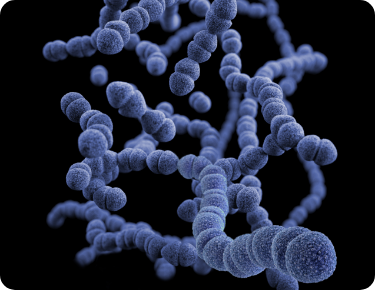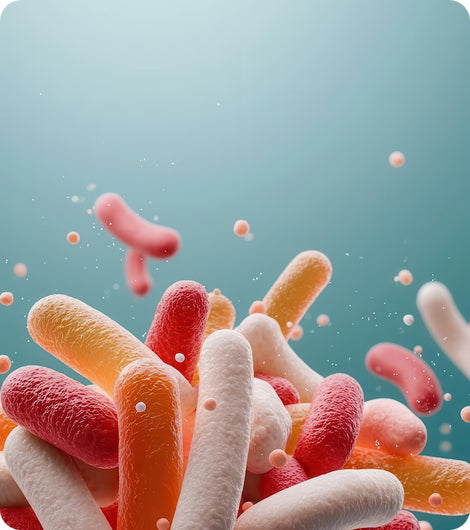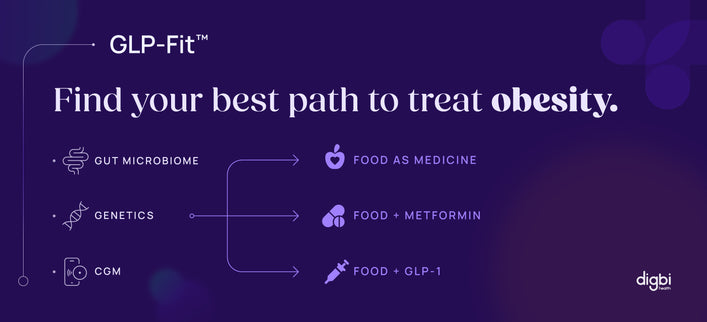You need good eyesight to work in the Digbi Health laboratory. Our research focus tends to be on the microscopically tiny.
Of course, we’re all about the trillions of bacterial cells that are hitching a ride in, and on, your body right now.
But let’s just for one-minute exchange our microscope for a “macroscope” and consider overall biological diversity.
Our planet plays host to somewhere between 10 and 14 million species, or types, of life.
If this sounds like an unforgivably slapdash and imprecise estimate, it is.
You see we know precious little about so many of the other life forms which share our world.
In fact, over 86% of our co-living species haven’t even been described yet.
And if we’re going to make an impression on this task, well we’d better get a move on.
Something like 99% of all the species that have ever lived on earth is already extinct. And some estimates suggest that literally dozens more are becoming extinct every single day.
Now, this is pretty disturbing news.
In general, biodiversity is a good thing – an essential component of nature.
The less diverse our world becomes in terms of its life-forms, the poorer it becomes an environment capable of supporting those life-forms. One of which is us.
Okay, so now let’s return to the micro from the macro.
What do we know about the diversity of the microbiome?
Is it, in general, a good thing to have a wide variety of bacteria in your gut? Very probably, but it’s not exactly easy to separate cause from effect.
Healthy people do indeed tend to have a wider diversity of microbes in their guts, but it’s not obvious whether one causes the other.
However, learning from “macro” biodiversity would seem to suggest the wisdom of covering your bases by welcoming in as many species of healthy bacteria as possible.
Modern life can play havoc with our guts.
If we look to the hunter-gatherer Yanomami people in the Venezuelan rainforest, some of whom have lived without contact with the rest of the world for thousands of years, we find that they have the most diverse populations of gut microbes ever seen.
They eat a high-fiber diet and have also never been exposed to antibiotics.
I think we may also safely assume that they don’t make great use of anti-bacterial soaps and cleansers.
And here’s another thing.
Researchers at the University of Oklahoma in Norman have found a clever way of studying the microbiomes of our ancestors.
They’ve collected fecal samples direct from the intestines of mummified humans around North and South America, then subjected them to a similar kind of DNA analysis that we use at Digbi Health.
Interestingly, ancient feces between 1,400 and 3,000 years old had much more in common bacterially with children in rural Africa than with modern Americans.
It is estimated that a human gut can contain between 500 and 1,000 different bacterial species.
You might argue that this is a relatively small number compared to the species on earth, so perhaps “working on” your microbiome’s diversity may not be an entirely impossible task.
Some simple tips, then?
It can help to eat fermented foods like sauerkraut, kimchi, and kombucha.
Consuming fiber-rich foodstuff such as beans (a prebiotic) will give your new healthy bacteria something tasty to munch on.
Avoid meat from animals that have been dosed with antibiotics (often used as a growth agent).
And last but not least don’t overdo it with the antibacterial hand cleanser.
In short, treat your gut with the same kind of respect we should all be paying to the rainforest, and you won’t go too far wrong.













